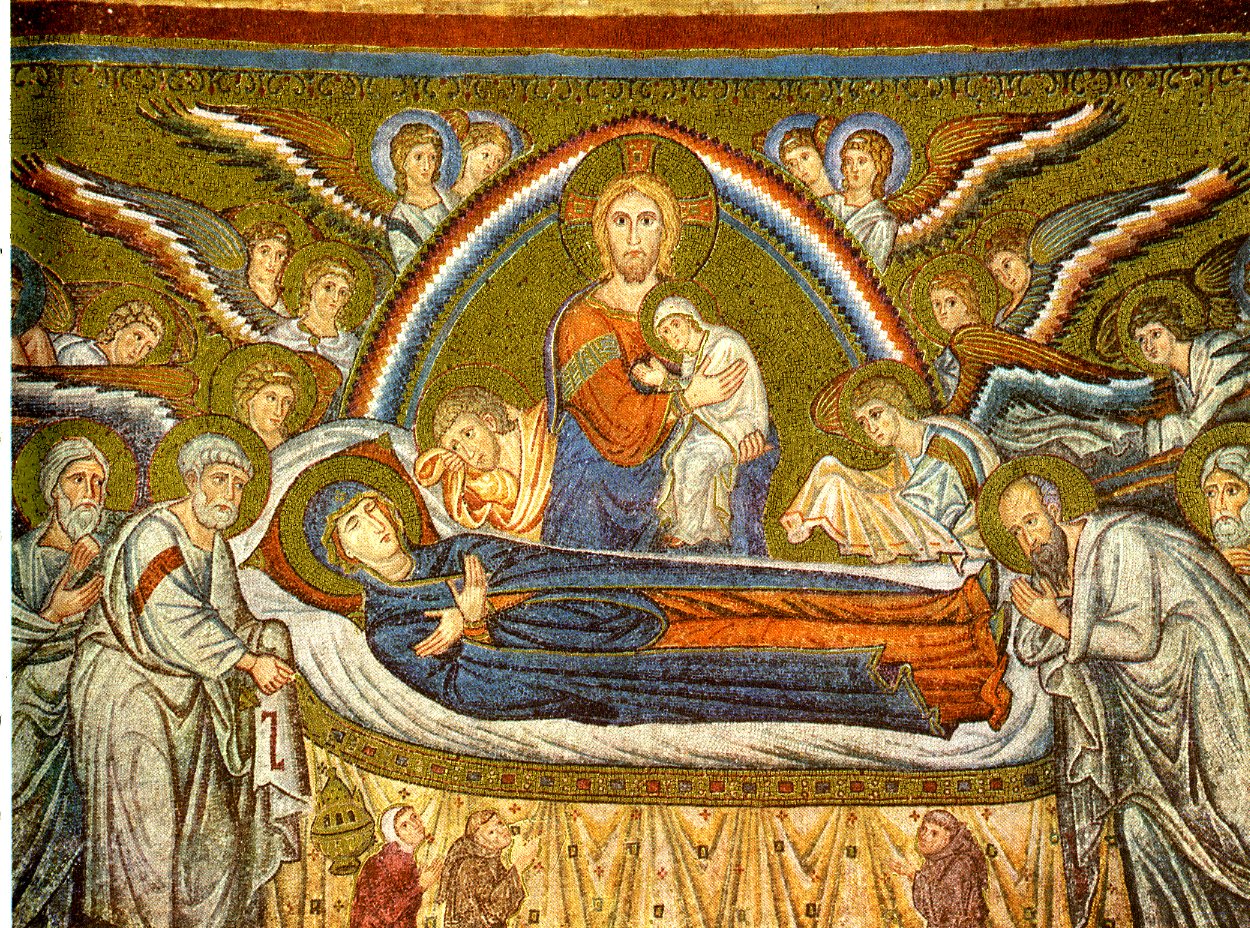Santa Maria Maggiore I - Ferragosto
Since the Middle Ages, the great city procession with the icon of the Redeemer led from Lateran to Santa Maria Maggiore on the night of 14 to 15 August - on the hottest day of the year, in the hope that a cool breeze would blow on Rome's highest hill, the Esquiline (and this was certainly the case at the time, given the lack of high-rise buildings).
This procession was not a papal but a communal affair and was characterised above all by the exclusive and aristocratic brotherhood of Santissimo Salvatore. Unfortunately, success led to ruin: in the course of the Risorgimento, the confraternity was dissolved around 1870 due to its wealth and influence, as the Piedmontese needed money for their war chest. Since then, the procession on Ferragosto no longer exists.
"Ferragosto" means "holiday of Augustus", i.e. this name goes back to the ancient Romans, more specifically to Emperor Augustus, who introduced 15 August as a public holiday. As Christ was born in Bethlehem under Emperor Augustus, it is fitting that the Church of the Nativity in Rome now celebrates the feast of the Dormition or Assumption of Mary on his feast day.
The purpose of the procession from the Lateran to Santa Maria Maggiore was as follows: in the form of the icon of the Saviour (from the Sancta Sanctorum chapel), Christ hurries to his mother's deathbed, in this case to Santa Maria Maggiore, where he meets Mary in the form of the icon of the Salus Populi Romani. Both icons are placed on the altar.
The mosaic artist Rusuti depicted precisely this motif in the 13th century apse mosaic: Mary enthroned next to Christ. The two icons, which only stand next to each other on the altar on one day of the year, can now be seen in the apse mosaic for all time. They also depict Christ carrying Mary's soul to heaven.
On 15 August, all shops in Rome traditionally closed for a fortnight. People travelled to the sea. Curia employees therefore said goodbye with the saying: "See you again post acquas" - "after the bathing holiday" (although hardly anyone bathed in these times).

- Details
- Written by: Stefan Heid
- Category: Roman notes
 Römisches Institut der Görres-Gesellschaft
Römisches Institut der Görres-Gesellschaft







